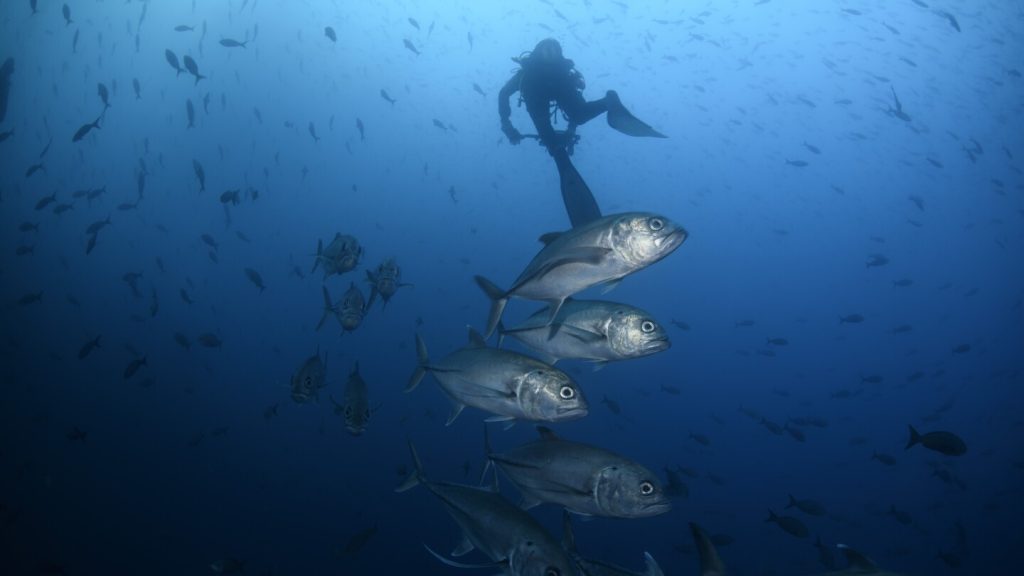Countries are coming together two years after signing a historic biodiversity agreement to evaluate their progress in protecting Earth’s plant and animal life. The agreement, known as 30 by 30, calls for protecting 30% of land and water by 2030. However, there has been minimal change in the percentage of terrestrial and marine areas that are currently protected. The upcoming COP16 conference in Cali, Colombia will focus on reviewing the progress made towards these goals and establishing mechanisms to ensure their implementation. Additionally, efforts to raise funds to protect nature by 2030, including a $20 billion payment for developing countries next year, will be discussed at the meeting.
As the conference approaches, concerns are growing about the lack of detailed biodiversity goals and action plans submitted by many countries. Some countries, including Australia, India, and Brazil, have not yet submitted their targets or plans. Conservation groups, such as WWF International, are disappointed by the lack of commitments and the insufficient actions outlined in some plans. With migratory species being particularly vulnerable, it is crucial for countries to develop concrete plans to protect and conserve their habitats. Despite the challenges, some countries, like Canada, have already committed significant funding to Indigenous-led conservation projects.
Funding for biodiversity conservation will be a major topic of debate at the conference, similar to the discussions at the U.N. climate talks. Developing countries are pushing for $200 billion a year to be raised by 2030, while rich countries have committed to providing $20 billion starting next year. However, there is still a 23% shortfall in funding for the biodiversity agreement. Advocates stress the importance of financing, especially for developing countries, where much of the biodiversity in need of protection is located. The lack of sufficient funding remains a critical challenge in achieving the 30 by 30 goals.
In addition to the 30 by 30 targets, the conference will address other biodiversity goals, such as halting human-induced extinction of threatened species and reducing extinction rates by tenfold by 2050. Conservationists are hopeful that specific details for these goals can be agreed upon during the meeting to ensure accountability and measurable outcomes. The role of biodiversity in climate mitigation efforts and public health, including preventing future pandemics, will also be highlighted at the conference. Furthermore, discussions will take place regarding a global mechanism for sharing benefits from genetic material derived from plants, animals, and bacteria for commercial products.
As the international community gathers to review progress on biodiversity conservation, the focus is on taking concrete actions to protect Earth’s precious plant and animal life. With the challenges of funding, coordination among governments, and ensuring comprehensive plans, the conference aims to drive momentum towards achieving the ambitious 30 by 30 targets. The commitment and collaboration of countries are crucial in safeguarding biodiversity for future generations and addressing the urgent threats posed by environmental degradation. Through shared responsibilities and collective efforts, there is hope for a more sustainable and resilient future for our planet’s ecosystems.


